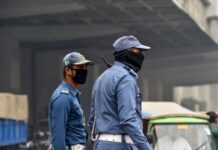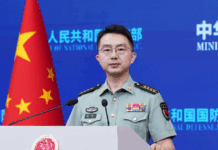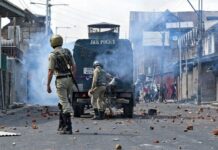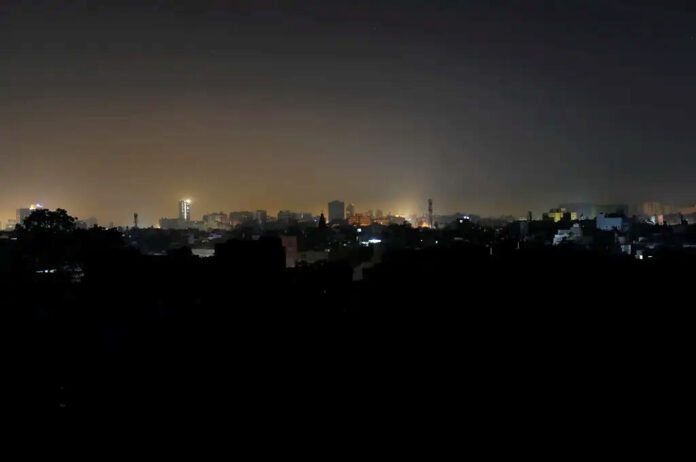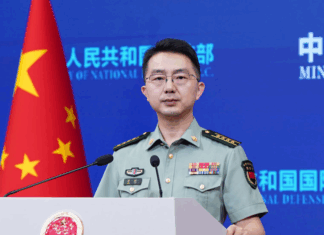Another power blackout struck Pakistan on 31 December 2023. According to media reports quoting sources in the NTDC and Power Division, this happened due to dense fog in the vicinity of the Guddu power station which led to malfunction of one pole of the 500kV circuit breaker and tripping of the 500kV and 220kV transmission lines. The faulty part was quickly isolated, and the switchyard was re-energized. But this was not an isolated event as the country has been experiencing a streak of blackouts since 2013.
More such breakdowns may be in store just waiting to happen because our power grid is under severe stress that will only grow in the future. Inadequate investment in transmission & dispatch facilities, a relentless pressure to cut costs by the regulator, and a continuously weakening institutional capacity are raising the odds of such incidents which used to be rare until recently.
Electric power grids (the ensemble of generation, T&D systems, and consumer loads), like all human engineered systems, are prone to failure occasionally. Though by proper design, operation, and maintenance, we can reduce their occurrence to some extent but cannot eliminate them completely. It’s essentially a trade-off between the cost of building reliability in the grid and its benefits to society.
We must set our priorities in the power sector right and balance our attention in every part of the power grid. We will need an aggressive and coordinated effort to prevent such incidents from happening in the future to obviate damages to the grid, loss to our economy, and inconvenience to our people. The sooner we did it, the better it would be
Power grids even in advanced countries occasionally fail, as is evident from the blackouts that struck the USA, Canada, Italy, Sweden, Denmark, Australia, and the UK in the last few decades, collectively interrupting power supply to over 150 million people for many hours.
Developing countries with weaker power grids are also not immune to such episodes as their history in India, Croatia, and Greece reveals. The blackouts there have been only a few and far between.
In Pakistan, however, we have been having a major blackout almost every year since 2013, with 2015, 2016, and 2023 even experiencing these twice.
Why do power grids fail and why are we not able to prevent them despite our dazzling technological progress? This has a lot to do with the size and complexity of the modern power grids. Large and interconnected power grids enable linking of diverse and distant power generating stations with demand centres via complex T&D systems to benefit from resource sharing, electricity trade, emergency support, thus enhancing system reliability and minimizing supply costs.
These benefits, however, do not come without their attendant complexity and costs as they rely on a host of supporting services, equipment, and devices which enable system operators to maintain a delicate and instant balance between supply and demand that often is separated thousands of miles from each other.
Power system planners study thousands and thousands of permutations of the power supply and delivery options to analyze the techno-economic impacts of normal, contingency, and emergency conditions on their systems to ensure their adequacy, security, and stability over time.
System operators are also required to always remain vigilant in real-time to variations in demand and supply and dynamic behaviour of various grid components to maintain “frequency” and “voltage” within approved limits.
Any failure or malfunction of even a minor element, like a tree branch falling on a distribution line or some careless driver hitting his vehicle into an electricity pole, can trigger a sequence of events that can quickly spread into the whole system leading eventually to its collapse. This has been proved time and again from the post-incident investigations of the major blackouts, some of which we have listed above.
We will not speculate on the immediate cause of the most recent episode and leave it to the relevant entities. Instead, we will highlight below three aspects which, if not managed in time and properly, will exacerbate the vulnerability of the power grid. These are: (i) lack of investment in new as well as existing T&D networks and facilities; (ii) failure to prime it to handle high shares of renewable but intermittent and variable power generation being added to the system; and (iii) not priming it for the new complexities as our power sector moves from its present setup to a competitive market in the next few years.
Power sector restructuring that was unleashed around the world in the early 1990s had as its natural result, the drying up of capital investment in the T&D systems. For their natural monopoly character, the T&D portions of the power grids were either not opened for private investments or did not attract private investors.
Generation projects have remained the focus of attention while T&D systems have received a cold shoulder, despite their forming the backbone of the entire power sector enterprise. Consequently, power grids everywhere in the world, including Pakistan, have become significantly weaker over time.
Power grids which were originally designed for maximum levels of reliability now must play a a new role as commercial platform to enable a host of actors including central-station generators, distributed generators, VRE plants, and demand management. A grid that was designed to handle unidirectional power flow for much of its history now must bear much higher back and forth power flows, often in multiple and unpredictable directions.
We cannot afford to ignore this critical infrastructure, as we have done, in the recent past, because without a modernized, robust, and resilient power grid, any efforts to overlay additional demands and duties on it, whether of a commercial or technical nature, will not be fruitful, and may even defeat the very objectives of the power sector restructuring.
Its physical systems, its supporting services, its equipment and apparatus, its fault detection and protection schemes, its real-time status monitoring devices and systems, its operation and control systems and protocols, and the competencies and skills of its professional, all will have to be improved and strengthened which obviously cannot come without adequate investment and funding.
The Ministry of Energy and NEPRA must realize the criticality of this subtle weakness that is creeping into the power grid and arrest it before it reaches a point of no-return. Both must respond by identifying and encouraging new and imaginative ways to arrange adequate funding that the power grid direly needs to effectively serve its expected role in the restructured power sector with wholesale competition already on the cards.
Their relentless pressure to cut costs should be diverted instead to those parts of the power supply and delivery value chain that have received disproportionate attention in the past and are currently enjoying hefty returns on their investments.
We must set our priorities in the power sector right and balance our attention in every part of the power grid. We will need an aggressive and coordinated effort to prevent such incidents from happening in the future to obviate damages to the grid, loss to our economy, and inconvenience to our people. The sooner we did it, the better it would be.








